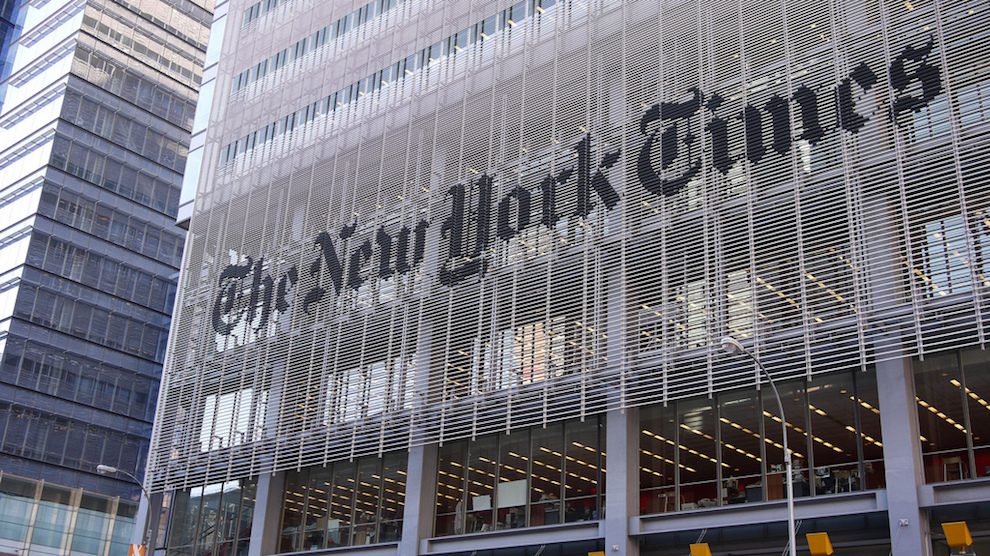
The New York Times has come under heavy criticism for the manner it has reported on the recent attack in Kenya. The publication raised the ire of Kenya’s social media, with questions raised on the dignity of black bodies after death. The New York Times published gory pictures of black bodies strewn haphazardly following the terror attack in Kenya’s capital Nairobi much to the chagrin of social media users, raising ethical, moral and philosophical questions on publishing and protecting the dignity and sanctity of human remains in general, and black bodies in particular after death.
For the longest of time, critics have argued that the black body has served as an ornament of display to white people. During slavery the bodies of black people were not given much respect, often displayed as goods to be traded for the economic benefit of white slave owners, and the trend continued in colonial times. The case of Sarah Baartman who was taken from South Africa and displayed to Europeans (even her remains were exhibited under the guise that her corpse was of special scientific interest), is a good example of the undignified manner black bodies have been treated. The same case happened with Ota Benga, a Congolese boy that was kidnapped and displayed at a zoo in the US in 1906, where he was exhibited with monkeys.
An African-American minister, Reverend James H Gordon whose indignation at the treatment Benga experienced led a group of ministers to the zoo said, “We are frank enough to say we do not like this exhibition of one of our own race with the monkeys. Our race, we think, is depressed enough, without exhibiting one of us with apes. We think we are worthy of being considered human beings, with souls.”
It is however interesting to note that Reverend Gordon’s protest was met with dismay by the editors of The New York Times who had first published about Benga with the headline, “Bushman Shares a Cage With Bronx Park Apes.” The editors of The New York Times, as reported by The Guardian said, “We do not quite understand all the emotion which others are expressing in the matter. Ota Benga, according to our information, is a normal specimen of his race or tribe, with a brain as much developed as are those of its other members. Whether they are held to be illustrations of arrested development, and really closer to the anthropoid apes than the other African savages, or whether they are viewed as the degenerate descendants of ordinary negroes, they are of equal interest to the student of ethnology, and can be studied with profit.” To quote The Guardian, “The editorial said it was absurd to imagine Benga’s suffering or humiliation.”
To understand how the death of black people is reported one must understand the institutions that report the Western media, and in this particular case, The New York Times. While it is very difficult to find the bodies of white people pictured and used as front page display in these various media houses, the pictures of black bodies strewn haphazardly with no dignity is not difficult to find.
The recent Al-Shabaab attack in Kenya that’s left a death toll of 21 people killed was quickly followed by a picture showing victims in different states in death. Kenyans on Twitter, known as #KOT demanded the pictures to be pulled down but nothing has been done. In its defence, The New York Times stated, “We want to be respectful to the victims and to others affected by the attack. But we also believe it is important to give our readers a clear picture of an attack like this. This includes showing pictures that are not sensationalised but that give a real sense of the situation.”
Unfortunately, these pictures are part of the performance the white media has subjected black bodies too. While victims of Charlie Hebdo, knife attacks in London and even the 9/11 Twin Towers terrorist attack were not pictured, it brings into question why the display of black pain and trauma is brazenly shared. The pictorial standards The New York Times uses for reporting thes crises in Africa is overwhelmingly different to those applied in reporting the same crises in Europe and America. In 2019, it is unfortunate that we have to scream to The New York Times the words of Reverend Gordon, “We think we are worthy of being considered human beings, with souls.”

